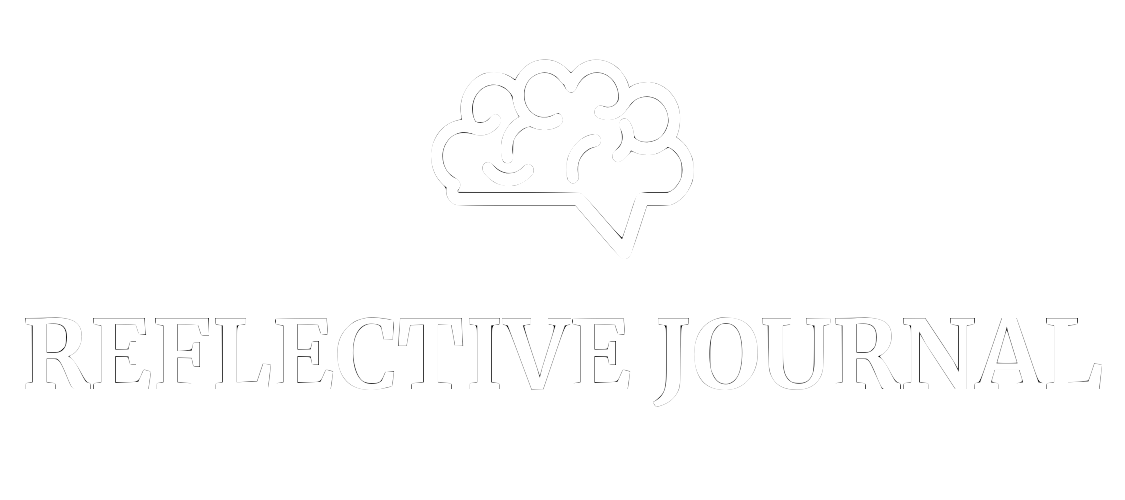Reflection 1
What is the impact of technology on education and on us as teachers?
Technology is the intellectual frontier. Our reality is slowly being replaced and modified by technology, especially when it enables tasks to be easier/faster/better. As technology develops exponentially, so does the way we view, design, and deliver education. Just like how spoons, fire, and computers were all once life-changing inventions, further advances in technology will change how we deliver our roles and responsibilities as teachers. While technology improves our efficiency and effectiveness in certain tasks, it also increases the demand for humans to become ‘digitally literate’. Many new tools take time and effort to learn and become familiar with, and with every technological upgrade I’ve personally observed how people question whether the convenience of the technology is worth the gap in digital literacy.
For example, in the recent COVID pandemic when schools became online, teachers and students were forced to adapt quickly from using whiteboards to software such as Google Classroom and Zoom. With uncertainty around when normal in-person classes would return, several teachers were against such a drastic change - relying on technology to recreate the school environment online. After acclimatising to the online format, with the monotony of being behind a computer and endless online documents, it made me along with several other of my classmates question the whole education system. What was the role of teachers, if every resource and lesson was already made online?
From talking with my teachers, I realised that during this time they were often neglected when the focus was on “student achievement as the final output of education" (Timotheou et al., 2022). While the school prioritised their students’ grades, I realised teachers were forced to bear more responsibilities both inside and outside of the classroom. With an increased workload, learning how to create digital classrooms and host online meetings, teachers had to take on the additional role of a student by rapidly improving their own digital literacy and competency, to meet the needs of the school and students. As such, the impact of technology led teachers to go above and beyond their comfort zone.
After returning to in-person classes, I realised how valuable human interactions were during learning, both from an academic and emotional perspective. Not only did they help engage students in class through creative multi-modal lessons, soft skills such as empathy, intuitive problem-solving and body language were easier to identify and appreciate (Rogers, 2021). This made me reflect on Moravec’s paradox, which states that in general what’s easy for robots is difficult for humans (repetitive, calculative work) and what’s difficult for robots is easy for humans (intuition, emotions) (Roberts, 2025).
Through the lens of Moravec’s paradox, I understand how while technology has offered how education can be delivered, it also puts emphasis on the value of more ‘right-brain’ creative abilities in increasing student engagement (Munjro, 2019).
For us teachers in the post-digital age, this means taking responsibility and constantly adapting to new technological advances, and also preparing students for the challenges that come with being digital natives. As lifelong learners, I believe teachers should also place more value on their creative skills, which alongside the use of technology, is the optimal format for classroom learning in the digital age.
References
Munro, J. (2019). Creativity in education: What educators need to know. NSW Department of Education. https://education.nsw.gov.au/content/dam/main-education/teaching-and-learning/education-for-a-changing-world/media/documents/Munro_Creativity_Education.pdf
Timotheou, S., Miliou, O., Dimitriadis, Y., Villagrá Sobrino, S., Giannoutsou, N., Cachia, R., Martínez Monés, A., & Ioannou, A. (2022). Impacts of digital technologies on education and factors influencing schools' digital capacity and transformation: A literature review. Education and Information Technologies, 28(6), 6695-6726. https://doi.org/10.1007/s10639-022-11431-8
Roberts, J. (2025). What our current approach to AI training means for education. LinkedIn. https://www.linkedin.com/pulse/what-do-moravecs-paradox-our-current-approach-training-john-roberts-f5b0e
Rogers, P. D. (2021). Blended learning to the rescue: How one construction management program is mitigating the risk of COVID-19 in the classroom. ASEE 2021 Gulf-Southwest Annual Conference. https://peer.asee.org/blended-learning-to-the-rescue-how-one-construction-management-program-is-mitigating-the-risk-of-covid-19-in-the-classroom.pdf
My Reflective Journal - Honghao Chen - EDES104
Statement of Academic Honesty: all the work contained within the reflective journal is my own, except where appropriately referenced.
